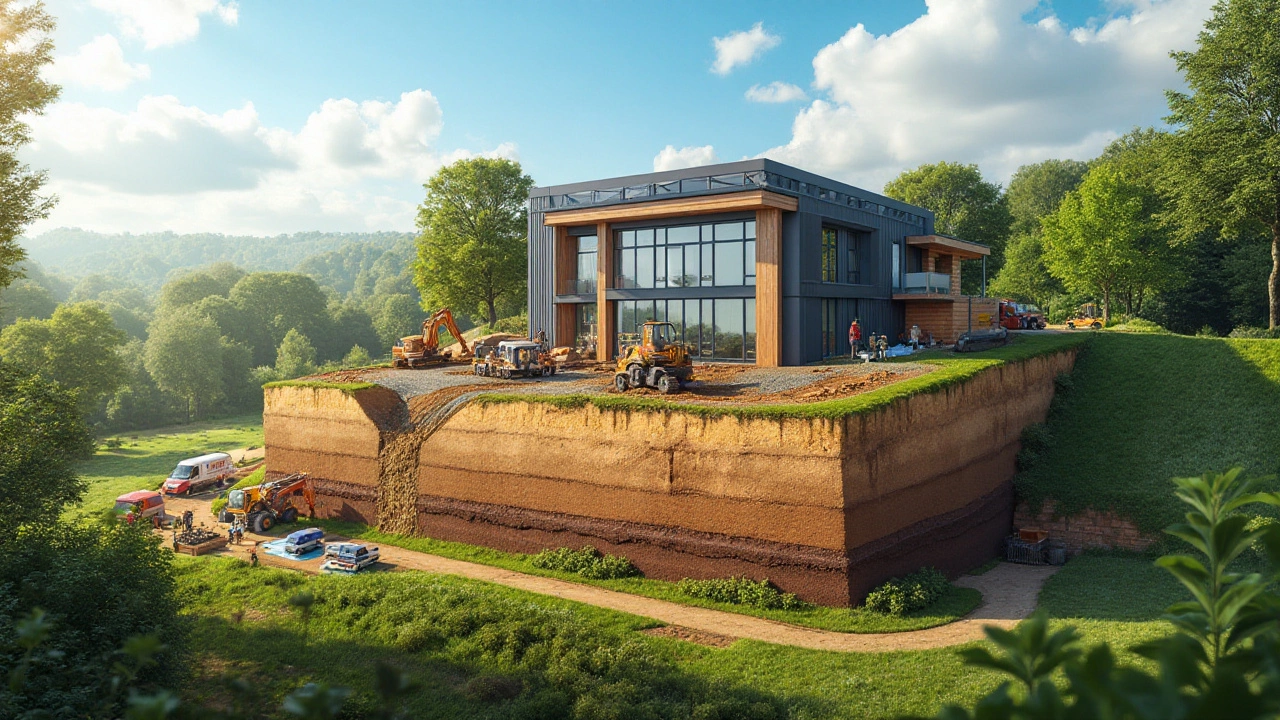Building Settlement: What It Is and How It Affects Your Home
If you’ve noticed new cracks in walls or a floor that feels bouncy, you’re probably dealing with building settlement. It’s not a fancy term – it simply means the ground underneath your house has shifted enough to move the structure. Left unchecked, settlement can turn a small hairline crack into a big structural problem, costing you time and money.
Why Buildings Settle
Most settlement comes from soil changes. Clay soils expand when they get wet and shrink when they dry, pulling at your foundation. Loose, sand‑filled ground can compact over time, especially after heavy rain or new construction nearby. Even well‑built foundations can settle if the ground wasn’t prepared correctly in the first place.
Another common trigger is poor drainage. Water pooling around the foundation soaks the soil, making it softer and more likely to move. In colder regions, frozen soil can shift as it thaws, creating the same effect. All these factors show up as horizontal or vertical cracks, uneven floors, or doors that stick.
How to Deal with Settlement Issues
The first step is to spot the warning signs early. Look for cracks that start at the same point and get wider over weeks, not months. Check if windows or doors suddenly won’t close properly. Use a level on the floor – dips or slopes often point to a settling slab.
Once you’ve identified a problem, call a qualified foundation specialist. They’ll assess the soil, the type of foundation, and the extent of movement. Typical fixes include piering (driving steel or concrete supports down to stable soil), slab jacking (lifting the concrete back into place), or improving drainage with proper guttering and French drains.
While you wait for repairs, you can protect your home by keeping the soil around the foundation evenly moist – no sudden wet or dry spells. Avoid planting large trees close to the house, as roots can pull soil away. Simple maintenance like cleaning gutters and ensuring downspouts direct water away can make a big difference.
In most cases, settlement can be corrected without tearing down walls. The key is acting fast, getting a professional opinion, and following up with the right repair method. By staying on top of the signs and keeping the ground stable, you’ll keep your home safe and avoid costly surprises down the line.

